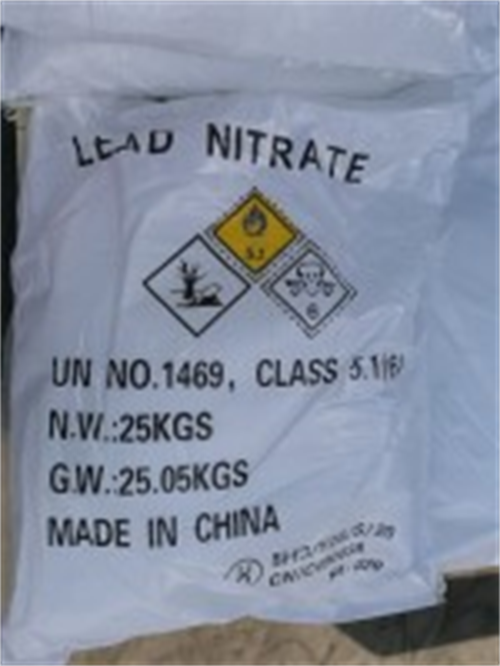



making 1n naoh
Understanding the Making of 1N NaOH Solution
Sodium hydroxide (NaOH), commonly known as lye or caustic soda, is a widely used chemical in various industries and laboratories. Its applications range from manufacturing soap, paper, and textiles to serving as a key reactant in chemical synthesis and pH adjustment processes. One critical aspect of working with NaOH is the preparation of standardized solutions, particularly a 1 Normal (1N) solution, which is essential in many analytical procedures. This article will delve into the significance of 1N NaOH, the preparation process, and safety precautions.
Importance of 1N NaOH
A 1N NaOH solution means that there is 1 equivalent of NaOH per liter of solution. The concept of normality is particularly relevant in titrations and stoichiometric calculations, as it relates to the reactive capacity of a solute. In many analytical applications, especially in acid-base titrations, the use of a standardized NaOH solution allows for precise measurements and consistent results. The capacity of NaOH to fully dissociate in water makes it an ideal strong base for such purposes.
Preparing 1N NaOH Solution
To prepare a 1N NaOH solution, you need to follow a methodical approach to ensure accuracy and safety. The process involves the following steps
1. Materials Required - Solid sodium hydroxide (NaOH) - Distilled water - A balance - A volumetric flask (1-liter capacity) - Stirring rod - Safety gear (gloves, goggles, and lab coat)
2. Calculating the Required Mass The first step in preparing a 1N solution is calculating the amount of NaOH needed. The equivalent weight of NaOH is the molecular weight divided by the number of reactive components. For NaOH - Molecular weight = 40 g/mol - As NaOH provides one hydroxide ion (OH⁻), its equivalent weight is also 40 g.
Therefore, to prepare 1 liter of a 1N NaOH solution, you will need 40 grams of NaOH.
making 1n naoh

3. Dissolving NaOH - Put on your safety gear. - Weigh out 40 grams of solid NaOH accurately using a balance. - Place the NaOH pellets into a beaker containing approximately 800 mL of distilled water. It is crucial to add the NaOH to the water and not the other way around, as adding water to solid NaOH can cause a vigorous exothermic reaction, leading to splattering.
4. Dilution to the Mark - Stir the solution until the NaOH is completely dissolved. The solution will heat up due to the exothermic reaction of NaOH dissolving in water. - Once fully dissolved, transfer the solution into a 1-liter volumetric flask. - Rinse the beaker with distilled water to ensure all NaOH is transferred. Then add distilled water until the total volume reaches the 1-liter mark.
5. Mixing - Cap the volumetric flask and invert it several times to ensure thorough mixing of the solution.
Safety Precautions
Preparing NaOH solutions requires careful attention to safety due to the caustic nature of sodium hydroxide. Here are some important precautions
- Personal Protective Equipment (PPE) Always wear gloves, goggles, and a lab coat to protect against splashes. NaOH can cause severe burns to skin and eyes. - Ventilation Work in a well-ventilated area or under a fume hood to avoid inhaling any fumes. - Spills In case of a spill, neutralize the NaOH with acetic acid or citric acid before rinsing with water. Always follow proper waste disposal protocols for hazardous chemicals.
Conclusion
The preparation of 1N NaOH is a fundamental skill in laboratory practices, particularly for students and professionals engaged in chemistry. Understanding how to accurately prepare and handle this strong base is vital for successful experiments and maintaining safety in the lab. With proper techniques and precautions, the use of 1N NaOH can greatly facilitate various chemical analyses and reactions in both academic and industrial settings.
-
Why Sodium Persulfate Is Everywhere NowNewsJul.07,2025
-
Why Polyacrylamide Is in High DemandNewsJul.07,2025
-
Understanding Paint Chemicals and Their ApplicationsNewsJul.07,2025
-
Smart Use Of Mining ChemicalsNewsJul.07,2025
-
Practical Uses of Potassium MonopersulfateNewsJul.07,2025
-
Agrochemicals In Real FarmingNewsJul.07,2025
-
Sodium Chlorite Hot UsesNewsJul.01,2025










